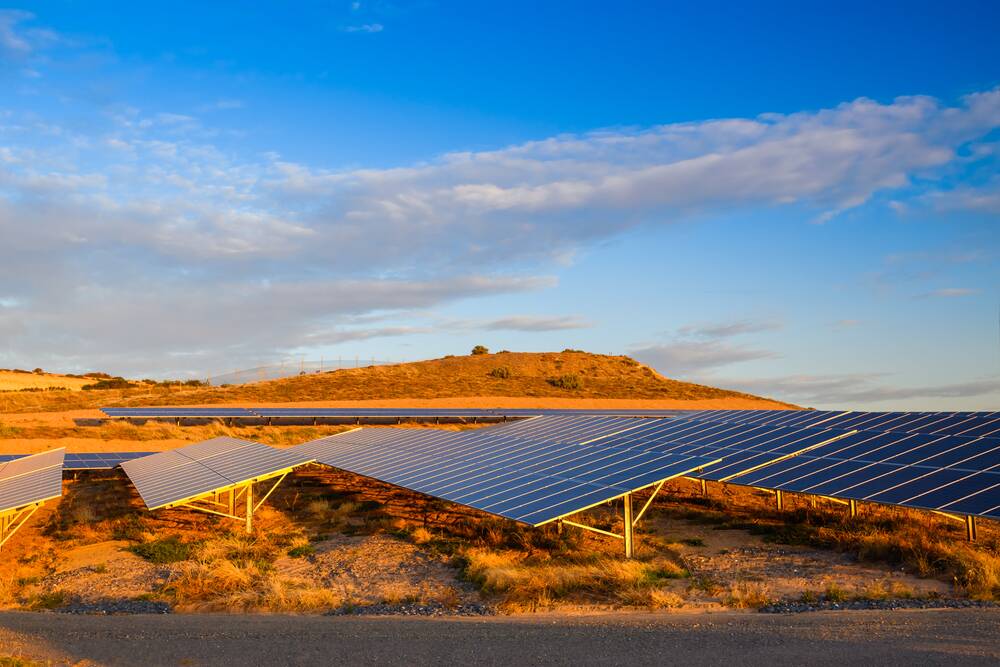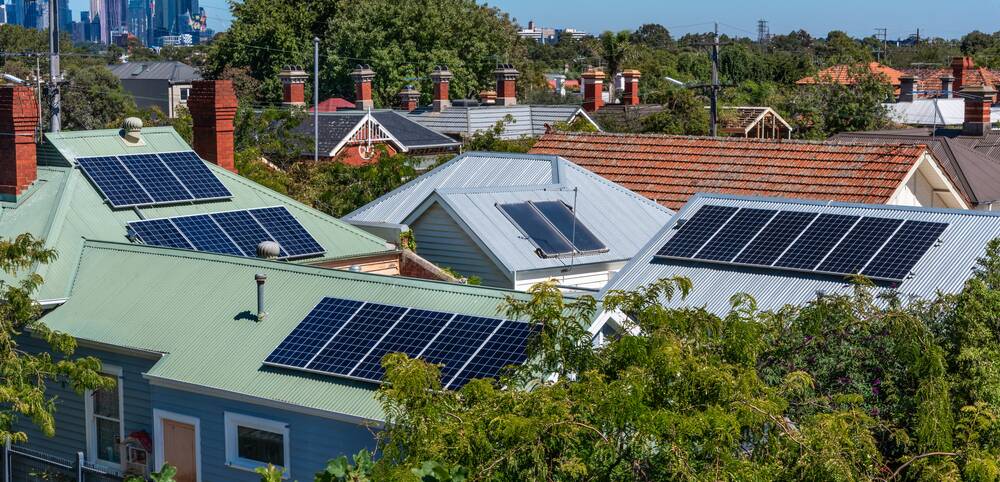Australia's top performing solar farms and what we can learn from them

This is branded content.
Australia is known as the sunburnt country for a reason.
We enjoy more sunshine on average than most countries which has paved the way for our culture, our recreation and our very identity.
This abundant sunshine and boundless plains of land have also combined to establish Australia as a world-leader when it comes to solar farms and usage of home solar panels in cities and towns across the nation.
So, which states are leading the way when it comes to solar panel production?
Where are the leading solar farms in Australia and what lessons are they teaching us heading into a more sustainable future?
This article explores these leading facilities and extracts valuable lessons for future renewable energy projects.
The pioneers of solar efficiency in Australia
Among the giants, Darlington Point Solar Farm currently stands out as the largest solar farm connected to the National Electricity Market.
The actual rankings of the biggest solar farms in Australia tend to vary as production changes and new innovations are applied over the years, but Darlington consistently sits at the top.
Jointly owned by Edify and Fern Trading Development Limited, this colossal facility underscores the potential for large-scale solar generation in Australia with its one million solar panels and capacity to provide cheap, clean green energy to over 110,000 homes.
But while Darlington might be the big dog in New South Wales (NSW), it is not the only major farm.
In recent times, NSW has been particularly noteworthy for solar production, with 15 of the top 20 performing solar farms in March located within its borders.
Iberdrola's 245 MW Avonlie Solar Farm received accolades as Australia's best-performing large-scale PV asset during this period, signalling the state's pivotal role in propelling the nation's solar capacity forward.
Australia's commitment to solar energy is further evidenced by its record-breaking solar and wind energy generation.
Queensland also emerged as a dominant force in Australian solar generation, with 12 Queensland solar farms ranking in the top 20 performers nationally.
Comparatively, Western Australia's (WA) largest solar farm (the Merredin Solar Farm) is expected to maintain an output of 281GWH of electricity annually - enough to power approximately 42,000 WA homes.
This remarkable efficiency rate exemplifies the technological advancements and operational excellence that characterise Australia's solar sector.
Australia is set to enjoy the benefits of several more large-scale solar farms in the coming years with the cost of solar energy enjoying a significant reduction.
There are over 100 new projects in the pipeline, spread across almost the entire nation:
- Queensland boasts 20 projects.
- New South Wales leads with 29 projects.
- Victoria closely follows with 21 projects.
- South Australia is home to 25 projects.
- Northern Territory has initiated 5 projects.
- Western Australia has established 9 projects.
- Tasmania currently has no projects.
Lessons for the future of renewable energy
While Australia's rapid rise as a world leader in solar production is encouraging, there are still plenty of lessons to learn as the Australian energy market looks to reduce its reliance on coal-fired power stations.
Some of the biggest takeaways from the current solar farms include:
Scaling up is feasible and necessary
The sky's the limit when it comes to solar production in Australia - the Darlington Point project has proven that.
Not only do we have the space and sunlight to accommodate large-scale productions, but farms like Darlington Point have also shown that they can be rapidly scaled up successfully and deliver significant contributions to the national grid.
Geographical diversity strengthens the grid
While NSW has the most large-scale solar farms at present, the state is being seriously challenged by the likes of QLD, SA and WA.
This spread is vital for the future of energy production in Australia, helping create a viable energy network capable of being nimble and delivering power anywhere in the country in line with demand.
By spreading the projects around, Australia is creating a more stable and more reliable energy network.

Innovation leads to higher efficiency
The high-performance ratings of these solar farms underline the importance of continuous innovation.
Technological advancements and efficient operational strategies are crucial for maximising the output and efficiency of solar panels.
Future projects must prioritise research and development to push the boundaries of what's possible in solar energy.
Collaboration amplifies success
Being the biggest is not the only metric of success.
While having large-scale solar farms is a real feather in the cap for Australia, the efficiency of these solar farms is also a key factor.
The partnership model seen in the development of Darlington Point Solar Farm serves as a blueprint for future projects.
Collaboration between companies, governments, and research institutions can pool resources, share risks, and accelerate the deployment of renewable energy solutions making for more efficient and innovative projects that are delivered faster.
Policy support is key
The thriving solar energy landscape in Australia is, in part, a testament to supportive government policies.
For continued growth and investment in the sector, it's imperative that policymakers remain committed to fostering an environment conducive to renewable energy expansion.
The path forward
Australia's solar energy sector is on an upward trajectory, leading the charge in the global transition to renewable energy.
The achievements of the country's top-performing solar farms not only contribute significantly to reducing carbon emissions but also offer a blueprint for other nations to follow.
As we look to the future, the lessons gleaned from these solar success stories will be invaluable.
Continuous innovation, strategic collaborations, and supportive policies will be key drivers in scaling up solar energy production.
By building on the accomplishments of its top-performing solar farms, Australia can continue to lead by example, paving the way for a sustainable and renewable energy-powered world.


